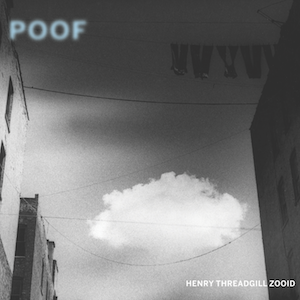Label: ECM Records, 2021
Personnel - Marcin Wasilewski: piano; Slawomir Kurkiewicz: bass; Michal Miskiewicz: drums.
This accomplished Polish trio led by Marcin Wasilewski, a sensitive pianist who favors clarity of touch, got known for its improvisational facility and strong sense of resolution. Their new album, En Attendant (the seventh on the ECM Records) comprises a tripartite improvised piece, one original by the pianist, and personal renditions of disparate compositions by Carla Bley, The Doors and J.S. Bach.
Lasting between six and seven minutes, the three parts of “In Motion” are lyrically conceived. The first part is shaped with pulchritudinous melodic and harmonic contours, whereas the second, more percussive and peacefully atmospheric, reveals lovely timbral shades as a result of the communication between the pianist and the two excellent players at the foundation - the bassist Slawomir Kurkiewicz and the drummer Michal Miskiewicz. The Part III, enhancing the charms of the piano and bass deliveries, allows the delicate cymbal washes of the drummer to become salient before the trio sports its more explorative side.
Both Wasilewski’s “Glimmer of Hope” and Carla Bley’s “Vashkar” are revisited here, appearing as heartfelt horn-less manifestations after having been included on last year’s album Arctic Riff with Joe Lovano. If the former is initially guided by the vaunted brushwork of Miskiewicz, the latter piece includes a transparent bass solo and a more eloquent piano statement that never spins out of control.
The versatility of the trio allows them to cull songs from different genres in order to enrich their repertoire. The classical minor-tinged ideals of Bach are heard on “Goldberg Variation no. 25”, a ballad carrying a deep sense of sadness and loss that the trio navigates with a feel of their own. There’s also The Doors’ pop/rock classic “Riders on the Storm”, a serious candidate to the best track on the album, in which an elegant jazzistic approach and warmly burnished groove give it a special note.
En Attendant attests Wasilewski’s ability to make honest, breathy music that is a balm for the ears.
B
Favorite Tracks:
04 - In Motion (Part II) ► 05 - Glimmer of Hope ► 06 - Riders on the Storm








































